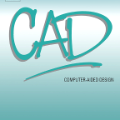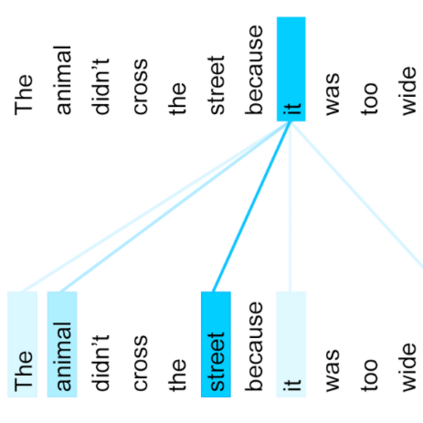Early diagnosis of lung cancer is a key intervention for the treatment of lung cancer computer aided diagnosis (CAD) can play a crucial role. However, most published CAD methods treat lung cancer diagnosis as a lung nodule classification problem, which does not reflect clinical practice, where clinicians diagnose a patient based on a set of images of nodules, instead of one specific nodule. Besides, the low interpretability of the output provided by these methods presents an important barrier for their adoption. In this article, we treat lung cancer diagnosis as a multiple instance learning (MIL) problem in order to better reflect the diagnosis process in the clinical setting and for the higher interpretability of the output. We chose radiomics as the source of input features and deep attention-based MIL as the classification algorithm.The attention mechanism provides higher interpretability by estimating the importance of each instance in the set for the final diagnosis.In order to improve the model's performance in a small imbalanced dataset, we introduce a new bag simulation method for MIL.The results show that our method can achieve a mean accuracy of 0.807 with a standard error of the mean (SEM) of 0.069, a recall of 0.870 (SEM 0.061), a positive predictive value of 0.928 (SEM 0.078), a negative predictive value of 0.591 (SEM 0.155) and an area under the curve (AUC) of 0.842 (SEM 0.074), outperforming other MIL methods.Additional experiments show that the proposed oversampling strategy significantly improves the model's performance. In addition, our experiments show that our method provides an indication of the importance of each nodule in determining the diagnosis, which combined with the well-defined radiomic features, make the results more interpretable and acceptable for doctors and patients.
翻译:肺癌早期诊断是治疗肺癌计算机辅助诊断(CAD)的关键干预措施。然而,大多数公布的CAD方法将肺癌诊断作为肺癌分类问题处理,并不反映临床实践,临床医生根据一组结核图像而不是一个特定的结核图像诊断病人。此外,这些方法所提供的产出的可解释性低是采用这些方法的一个重要障碍。在本篇文章中,我们把肺癌诊断作为多重例学习(MIL)问题处理,以便在临床环境中更好地反映诊断过程,提高产出的可解释性。我们选择了放射性癌症诊断作为输入特征的来源,而深度关注的MIL是分类算法。 关注机制提供了更高的可解释性,通过估计每一组结核图像对于最终诊断的重要性。 为了提高模型在小的不平衡数据集中的性能,我们为MIL引入了一种新的包模拟方法。结果表明,我们的方法可以达到0.807的平均值,在0.0869年的平均值(SEM)中,我们选择了输入输入输入输入输入的输入的输入的输入的输入的输入的值,在0.80-08-08的数值中(SEM-80),在0.78的数值中, IMSUR的预测的数值为0.80/AUAUAU的数值中, 显示的数值为0.0.80/SUAUAUAUAUAU的数值的数值为0.0.0.80) 显示的数值的数值。





